It’s a basic proper that each youngster ought to have the identical alternative for a high-quality training and the identical likelihood to be taught and thrive at school as their friends—no matter their capabilities, challenges, household circumstances, language, or ethnicity.
For this to occur, the college surroundings should really feel protected and welcoming for all college students, which is why entry and inclusion are primary requirements in training at the moment.
As our nation turns into more and more numerous in all these methods, educators are tasked with assembly a broad vary of scholar wants. No two college students are alike, and every youngster learns in several methods. As a substitute of using a one-size-fits-all method to instruction, educators are adopting extra partaking, inclusive, and personalised approaches designed to help all college students extra successfully.
Considerate furnishings selections and classroom sources not solely promote bodily consolation but in addition facilitate social interplay and collaboration amongst college students of various backgrounds and skills, enhancing the general inclusivity of the classroom setting.
Common Design for Studying
Entry and inclusion require educators to be considerate and purposeful in how they work together with college students every day, incorporating methods resembling Common Design for Studying (UDL) into their instruction to help a various scholar inhabitants and provides everybody a good shot at success.
UDL accounts for the variations amongst college students and the way they be taught by giving them a number of methods to interact with instruction, perceive the content material, and present what they’ll do. This flexibility provides college students quite a few pathways to be taught the fabric and show their abilities and understanding, permitting them to attract on their distinctive strengths and skills in doing so.
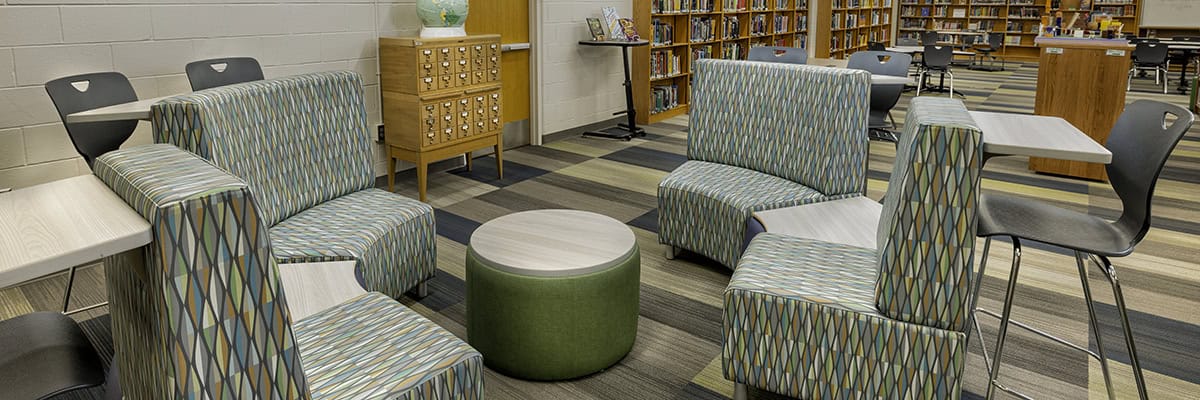
Lecturers may join what college students are studying at school with their pursuits, languages, and life experiences. This entails attending to know college students, together with their households and pursuits; celebrating these distinctive backgrounds and experiences; and drawing upon these to assist college students be taught the content material extra successfully.
Designing Inclusive Studying Environments
UDL is an evidence-based technique for creating extra inclusive studying environments that help college students as people, foster a powerful sense of belonging and group, and accommodate numerous studying variations.
However designing an inclusive studying surroundings is about greater than delivering totally accessible instruction. It’s additionally about making a classroom tradition by which all college students deal with one another with kindness and respect.
The design of the bodily surroundings issues, too. How a classroom house is designed, furnished, and geared up performs a key position in whether or not college students really feel welcome in that house and the way successfully they’ll be taught.
Listed here are 5 methods to design bodily studying environments which can be extra accessible and inclusive of all college students.
Give attention to Flexibility
Designing versatile instruction that caters to varied wants requires using versatile furnishings to help it. As an illustration, utilizing moveable furnishings on wheels and modular items that simply will be organized into completely different configurations permits educators to create versatile classroom areas that help all kinds of studying actions and modalities.
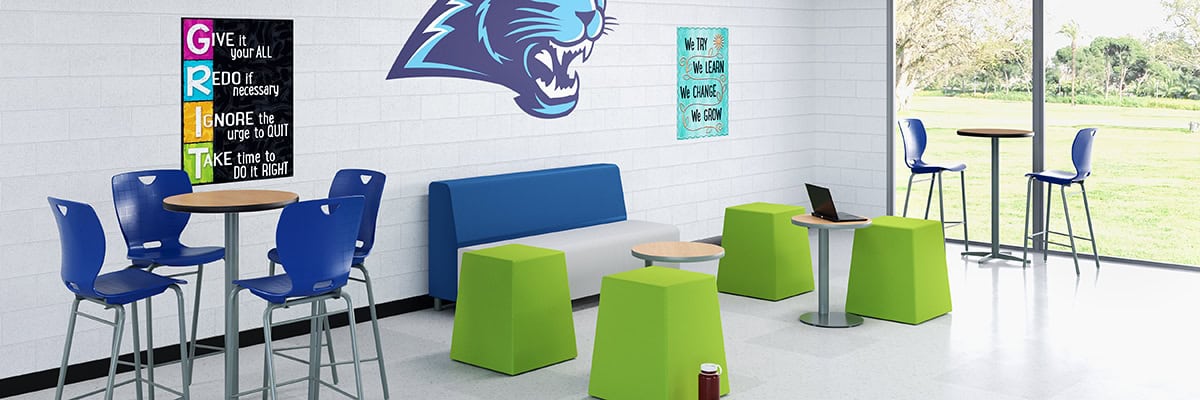
Supply College students Loads of Decisions in Seating Kinds
Selection provides college students company and possession of their studying and results in deeper engagement. It additionally makes lecture rooms extra inclusive. One thing so simple as having a number of seating kinds to select from can accommodate completely different studying preferences and helps college students really feel extra welcome.
For these causes, studying areas ought to give college students loads of selections in the place and the way they’ll do their work, with quite a lot of seating kinds and supplies. School rooms that embrace a number of seating choices—resembling standing desks, clusters for small-group studying, gentle seating, and formal desks and chairs—assist college students make their very own selections to help how they be taught greatest.
By offering furnishings that accommodates completely different studying wants and preferences, colleges can create an surroundings the place each scholar feels valued and supported of their distinctive methods of partaking with the fabric. It additionally provides lecturers choices to accommodate completely different studying modalities and tutorial choices.
Pay Consideration to Consolation and Comfort
To make sure that college students can work comfortably, classroom furnishings ought to be ergonomically designed and age acceptable. As an illustration, height-adjustable desks create a snug workspace for college students, permitting them to simply elevate or decrease the peak of their desks to the precise stage they should be productive.
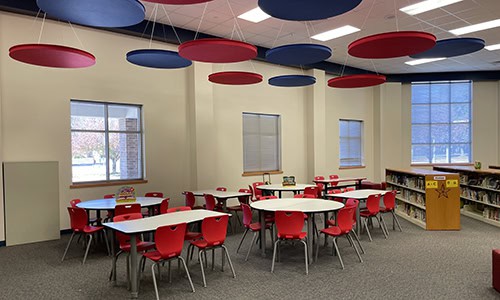
School Soccer Playoff Basis®. Design, furnishings, and
undertaking administration by Initiatives By Design® from Faculty Specialty®.
As a result of some college students are delicate to sure varieties of supplies, studying areas ought to provide seating choices with completely different materials and floor sorts. This offers college students who’ve sensory processing problems quite a lot of choices to select from. Many college students on the autism spectrum have sensory processing considerations and are overly delicate to the touch.
Environmental elements resembling lighting, acoustics, temperature, and air high quality must also be at acceptable ranges for studying. College students with sensory processing points, specifically, is perhaps overly delicate to mild and sound. Classroom décor presents a chance for scholar enter and company and is ceaselessly used as a part of each day classroom routines.
To maximise college students’ potential to focus and be taught, colleges ought to use pure lighting wherever attainable and keep away from utilizing fluorescent lights, as a substitute selecting hotter, recessed lighting sources. If changing mild bulbs or fixtures isn’t possible, mild filters (resembling Cozy Shades) can present an reasonably priced choice for softening classroom lighting.
When college students are bodily snug of their seats, they’re extra more likely to take part actively in discussions and actions, no matter their particular person wants or skills. Comfortable seating presents consolation and mobility for each secondary colleges and major training.
Give College students a Approach to Transfer Round Simply
All college students want to maneuver all through the college day, and people with sensory processing challenges or issue self-regulating are more likely to transfer extra ceaselessly. Classroom environments designed to help all learners ought to accommodate the necessity to transfer round, and in reality, analysis helps the concept that frequent motion and fidgeting may truly assist college students with ADHD be taught higher. “Fidget” seating and “wobble” stools permit for frequent motion by letting college students twist, rock, or transfer in place with out disrupting a lesson.
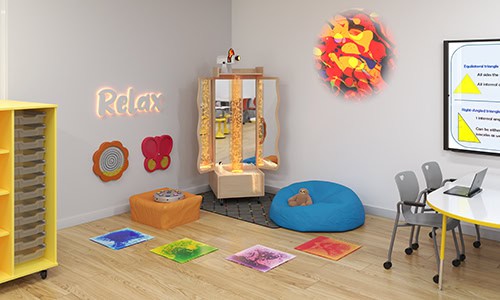
Set up Quiet, Calming Areas
College students who’re overstimulated or affected by nervousness may want a while to decompress by themselves. For this reason a rising variety of colleges are realizing the worth of getting quiet, calming areas, resembling separate areas of the classroom which can be accessible to college students who want these non-public moments of downtime.
As an illustration, a Mini Geode Den helps block noise and prevents sensory overload, giving college students with sensory points a quiet and calm house by which they’ll really feel safe.
Wholly separate multi-sensory rooms are additionally rising in colleges. A Snoezelen® multi-sensory room, or Snoezelen® room, typically consists of mild lighting and soothing sounds, furnishings that helps outline spatial boundaries to assist kids really feel safe of their bodily house, and sensory instruments that assist college students keep calm and regulate their feelings.
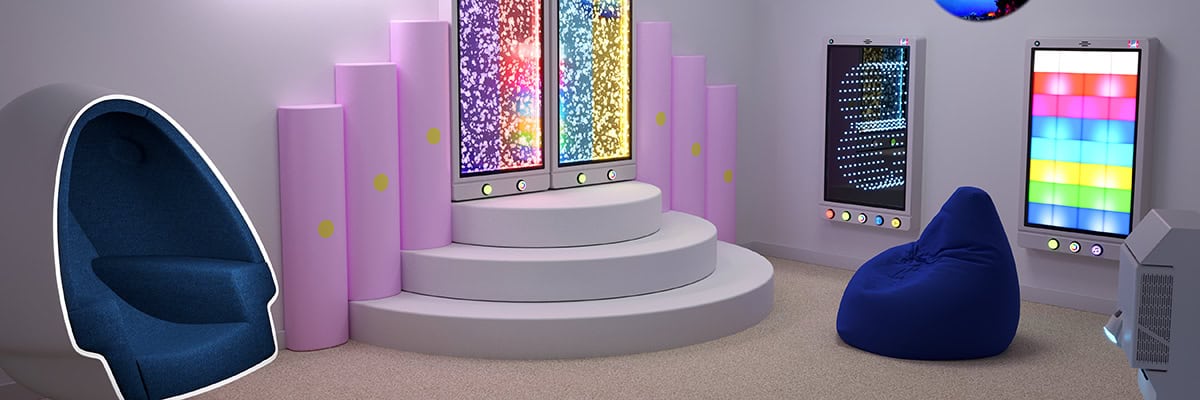
Accessibility for Everybody
As Ok-12 leaders look to create extra inclusive studying environments for everybody, small adjustments to the bodily studying house could make an enormous distinction.
To learn the way Faculty Specialty® may help you design and furnish studying environments – together with equipping them with correct sources and provides – so they’re totally accessible and inclusive for all college students, please attain out to your Faculty Specialty® Consultant.

Dr. Sue Ann Highland is the Nationwide Schooling Strategist for Faculty Specialty. As an Schooling Strategist, she makes use of her experience in instructional initiatives and administrative management to assist lecturers and leaders to remodel educating and studying.
Along with her work at Faculty Specialty, Highland has additionally served as a change and enchancment advisor to greater than many Colorado enterprise and academic establishments since 2004. On this capability, she enhanced personnel efficiency, streamlined organizational operations and launched course of enhancements that improve productiveness for corporations and colleges. She additionally has a number of years expertise in managing a crew that transforms studying environments for districts.
Highland derives her experience from over 25 years in training, with half of these years in rural districts. She has labored as an Organizational Growth Director, an elementary faculty principal and a faculty district’s Director of Federal Packages, Curriculum and Instruction. In these positions, Highland was answerable for skilled growth and each day administration in addition to for main initiatives and evaluating employees efficiency and outcomes. She focuses on enchancment, turnaround, and alter administration.
Highland acquired a Grasp of Arts in Instructional Management and Coverage Research from the College of Northern Colorado and a Ph.D. in Industrial and Organizational Psychology from Grand Canyon College.

